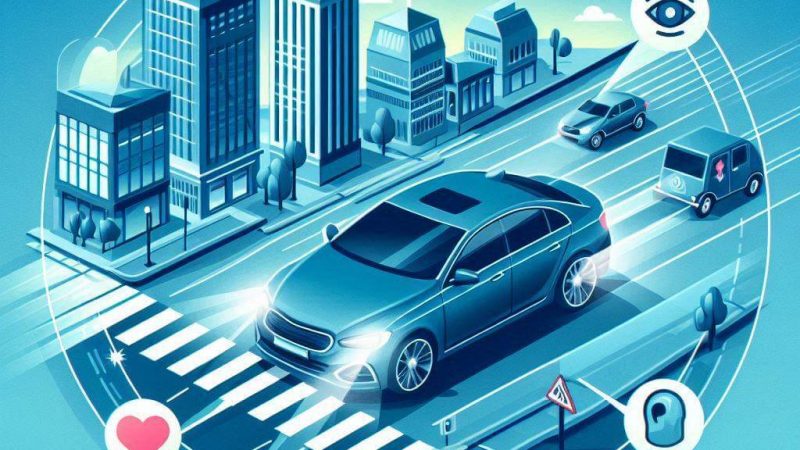Enhancing Driving Safety: Unveiling Innovations, Best Practices, and Changing Perspectives

Driving safety has always been a crucial concern for motorists globally. With the increasing number of vehicles on the road, evolving road conditions, and human errors, it is essential to foster a culture of responsible and safe driving. In this article, we will explore various facets of driving safety, from innovative technologies and best practices to the need for changing perspectives, aiming to promote a safer and more considerate driving environment.
Contents
Examining Innovative Technologies
- Advanced Driver Assistance Systems (ADAS): These intelligent technologies, such as lane departure warning systems, adaptive cruise control, and automatic emergency braking, play a vital role in preventing accidents and reducing the severity of collisions.
- Telematics and IoT: The integration of telematics and the Internet of Things (IoT) has resulted in significant improvements in driving safety. By collecting and analyzing vehicle data, telematics devices can provide valuable insights to drivers, enabling them to make informed decisions.
- Driver Monitoring Systems: Innovations in facial recognition technology and biometrics have led to the development of driver monitoring systems. These systems can detect signs of drowsiness, distraction, or impairment, helping to prevent accidents caused by driver errors or physical conditions.
Implementing Best Practices for Driving Safety
- Defensive Driving Techniques: Emphasizing proactive decision-making and constant vigilance, defensive driving techniques promote accident prevention through measures like maintaining a safe distance, anticipating potential hazards, and constantly scanning the surroundings.
- Proper Vehicle Maintenance: Regular maintenance checks, including tire rotations, brake inspections, and fluid level monitoring, are essential for ensuring optimal vehicle performance and reducing the risk of accidents caused by mechanical failures.
- Effective Driver Training and Education: Enhancing driving safety requires continuous learning and improvement. Quality driver education programs, defensive driving courses, and addressing specific population groups such as teen drivers or elderly drivers are vital steps towards safer roadways.
Changing Perspectives for a Safer Driving Environment
- Creating a Culture of Responsibility: Educating drivers about their responsibilities towards safety and others on the road is crucial. Encouraging drivers to adopt a mindset of shared responsibility and empathy for fellow road users can significantly reduce collision rates.
- Combating Distracted Driving: Addressing the increasing incidence of distracted driving is a pressing issue. Raising awareness about the dangers of texting, using cell phones, or engaging in other distracting behaviors while driving is pivotal for changing habits and promoting a safer driving environment.
- Promoting Pedestrian and Cyclist Safety: Alongside driver education, creating more pedestrian-friendly infrastructure, implementing dedicated cycling lanes, and raising awareness about the needs and rights of vulnerable road users contribute to a holistic approach to driving safety.
Driving safety is a collective responsibility that requires constant attention and continuous improvements. Through the implementation of innovative technologies, adherence to best practices, and a shift in perspectives towards shared responsibility, we can foster a safer and more considerate driving environment. By prioritizing driving safety, we ensure not only our well-being but also the well-being of all who share the road with us. Remember, safe driving saves lives!


